Top Photography recommendations for beginners:
Having taught thousands of students over the years at Swiss Photo Club, we now have a good collection of photography tips that have proven to help many beginners without overcomplicating things.
Whether you just like to take a few nice photos during vacations or you’re already into the art of photography, these recommendations should improve your shots immediately.
Learn to use the camera / lens that you already have
We will not deny that photography can be an expensive hobby. Depending what you want to achieve, the gear that you might need can easily start to cost thousands.
Our recommendation is to first learn how to use what you already have, to their limits. You will be surprised with the kind of photos that a pro can take with a simple 18-55 kit. More expensive cameras and lenses will not automatically let you take better photos.
If you have budget, invest in your photography education. Improving your understanding of light, composition and posing will get you way better photos than investing thousands of francs into photography gear.
Still, you will eventually need more photography gear. We recommend checking our article about photography equipment tips for beginners before you invest any money.
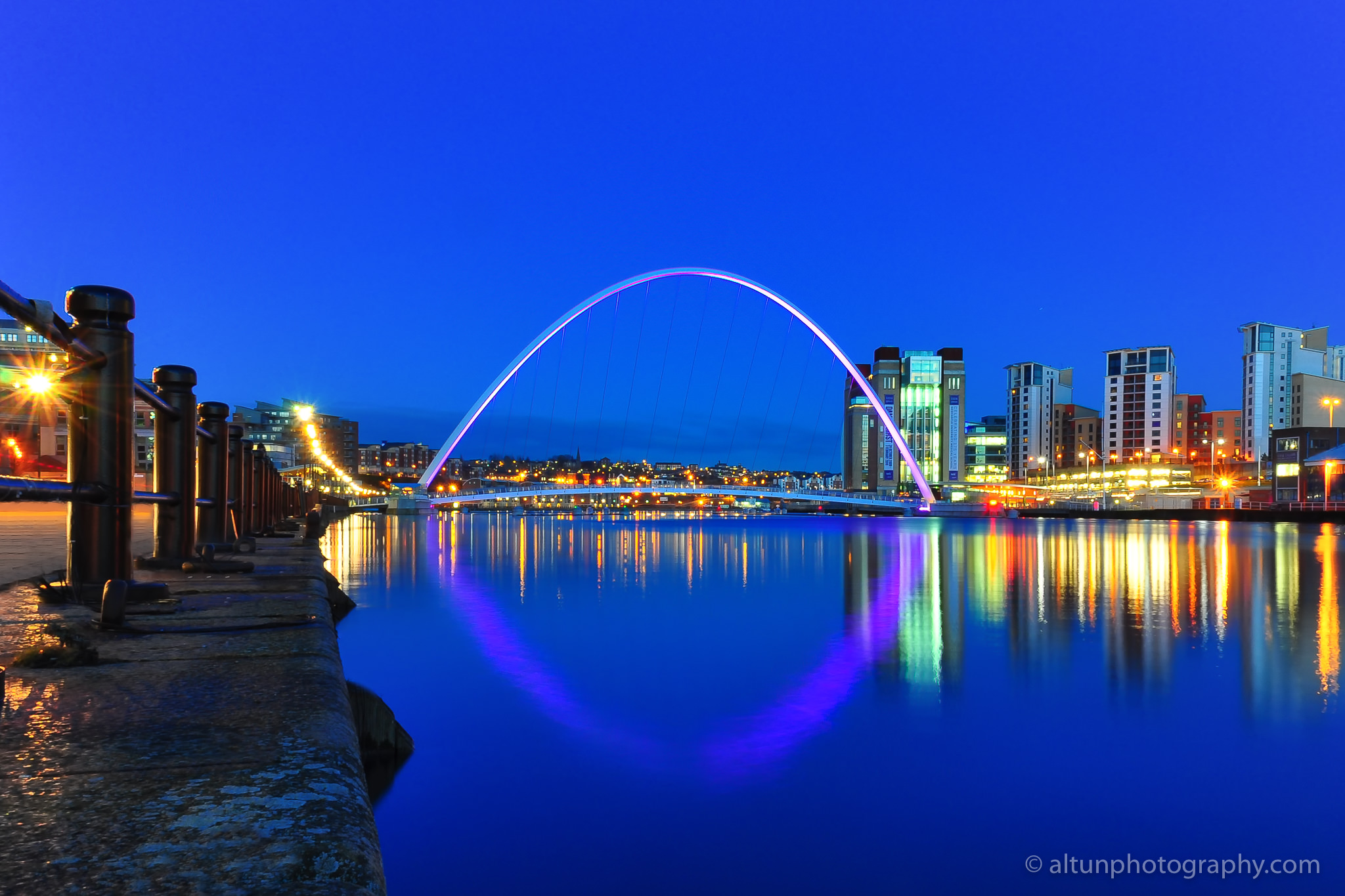
Taken with a Nikon D90, an entry-level DSLR from 2010, with its 18-55mm kit lens
Get a new strap
We just told you not to buy new things, and now we’re telling you to buy a new strap. Why? Because it’s absolutely worth it. Remember, the best camera is the one that you have with you. A $10K camera won’t take great photos for you if you don’t like carrying it around. A good strap will make carrying your camera much easier.
The original strap that comes with your camera is quite useless. It is too short to carry comfortably without a neck-ache, keeps on sliding off and swinging around all day when you hang it on one shoulder, advertises your camera brand to all “interested parties” and let’s face it: it’s ugly. What we recommend is a long shoulder strap that attaches to the bottom of your camera. This way, you can balance the weight to both sides, reduce the swing significantly and have your camera ready under your palm whenever you want to shoot. This solution still works if you put on a back pack on top, you can still have your camera with you all day.
Recommended brand: BlackRapid, distributed in Switzerland by Graphicart.
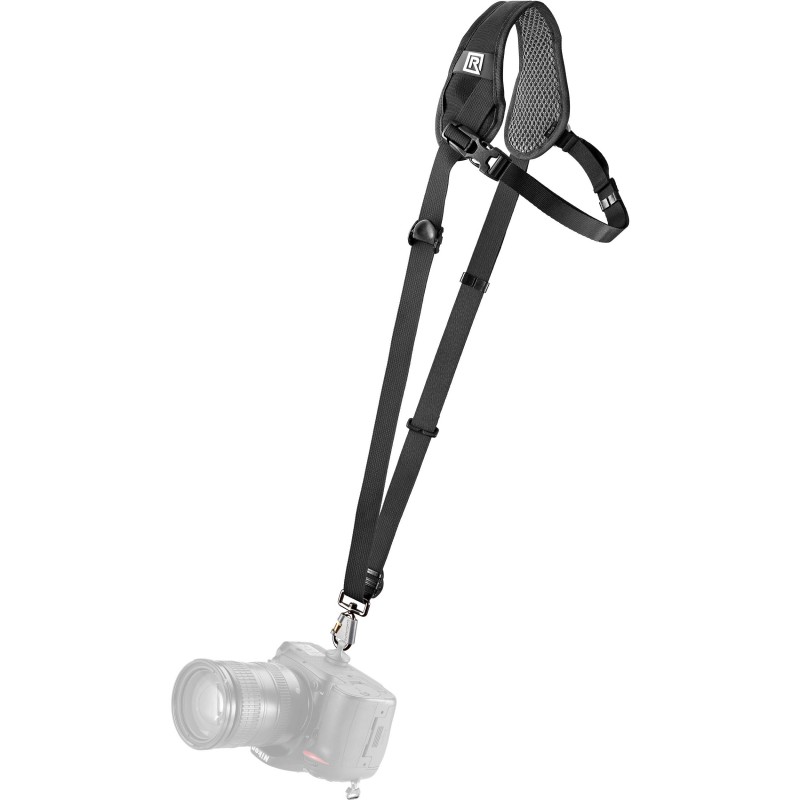
Stop using “Auto”, learn to shoot in Aperture priority
See the difference in these 3 photos? Do you want to viewer to focus only on your dog? Your dog plus maybe a hint of a nice garden that she lives in? Or maybe you want to show your garden and that you have a dog in it?
This effect is called “depth of field”, which allows you to decide where you want to viewer to look at in your photo. Your camera cannot know which one you want, this is one of the reasons why the “Auto” mode doesn’t work very well.
The way to tell your preference to your camera is using the Aperture Priority Mode (Av or A): Smaller numbers for blurred background and bigger numbers for more depth in focus.
Learn how to use the Aperture and Shutter priority modes for all your future shots at our beginners photography course.

Learn post processing, show only your “edited” best
Don’t be the person who comes back from the vacation with 200 photos and shares 150 of them. Be the person who comes back with even more photos but shares only a 4-5 great ones.
To be able to do this, you need a simple way to organize, select, improve and share your photos. The one software that more than 90% of photographers use is Adobe Lightroom, which is our recommendation for all beginners. This software lets you organize, select and edit your photos in a simple intuitive way. It does the whole process: Import from your memory card to your computer / hard disk, organize & select your favorites using flags and star ratings, develop your selected photos using simple sliders and finally create correctly sized jpegs to share, print, create a photobook, etc.
You can then continue your training with Photoshop and other software like Aurora, Capture One and Dxo Nik Effex.
We teach all you need to know about Lightroom only in half a day. Check the upcoming dates for the Lightroom course in your area.
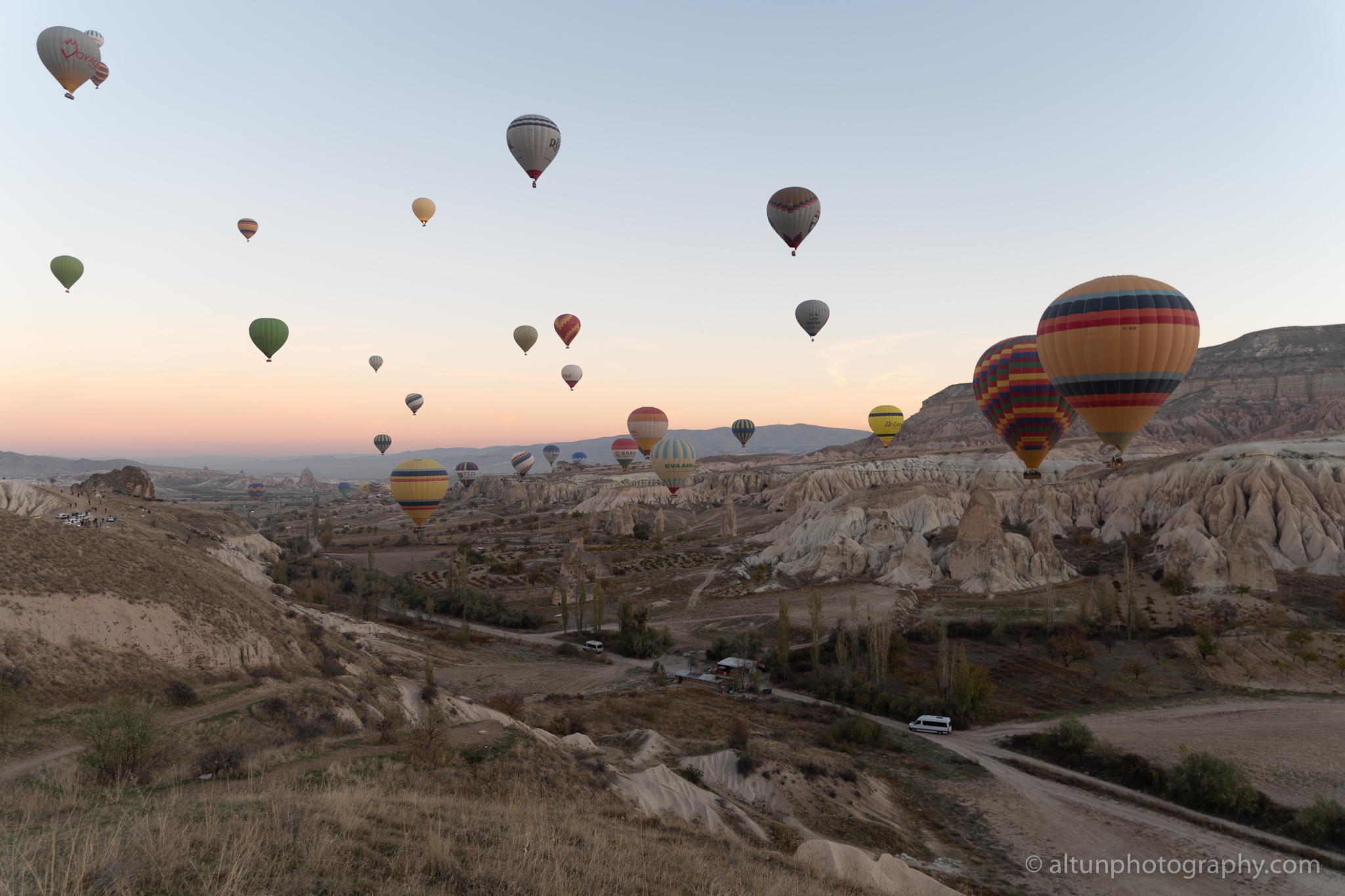
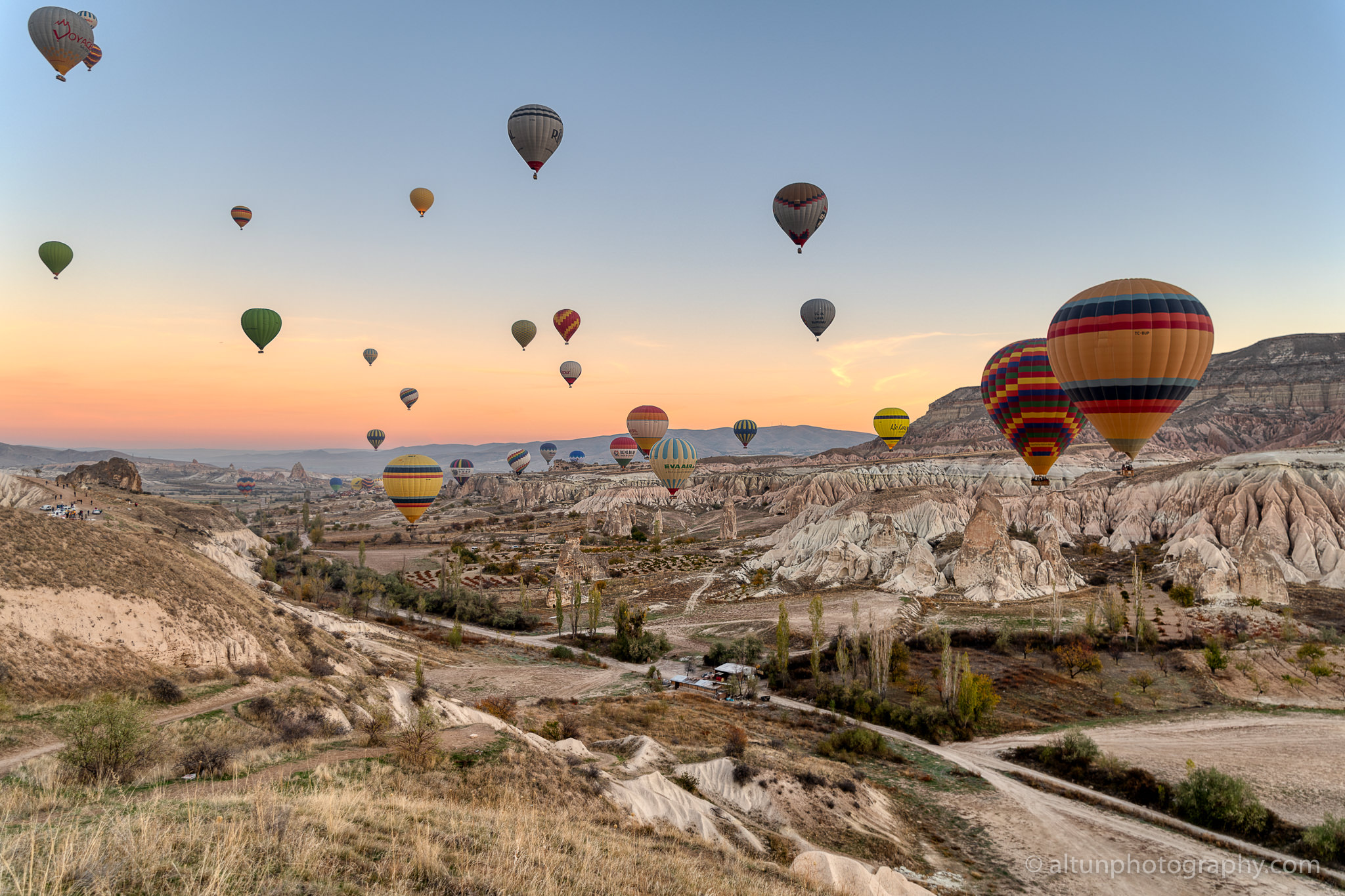
Software used: Lightroom, Photoshop, Aurora HDR
Invest dedicated time to photography
Learning photography happens best when you dedicate time to it. We observe incredible improvements with our students when they spare time to do their homework during 5 weeks or long term courses. In fact, many of them complain when the class is finished that their favorite “task of the weekend” won’t be there any more.
Our top tips are:
- Carry your camera with you as much as possible, you never know when a good opportunity comes by
- Create a routine dedicated time per week to go out shooting
- Meet people interested in photography: Going out for a shoot with somebody sharing the same passion is incredibly rewarding and fun. Our member activities can be a great tool for this, where you can practice with the other enthusiasts in your city and get direct practicing with our instructors.
- Subscribe to a photography magazine in print: Every month you will receive fresh tips and challenges to give you the inspiration to try new things
- Join photography trips: A weekend or a week at a photography trip with other enthusiasts and an instructor will be the best investment you can make to improve your photography. You will not only progress incredibly well, but also you will come back with great photos and a renewed passion. Check our upcoming trips or search online if you have a specific destination in mind.
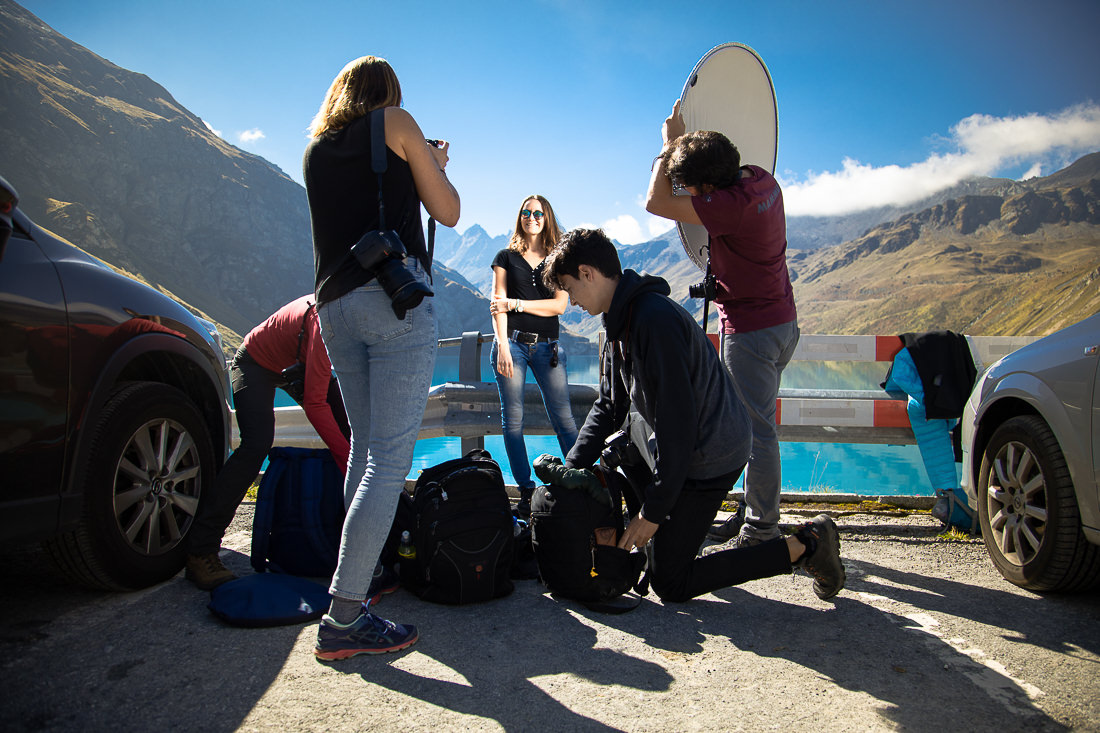
During our Grimentz trip, summer 2018
Slow down, take your time
Another common error we see among beginners is rushing through shots, making simple mistakes and not discovering them until it’s too late. Unless something fast is happening before your eyes, always, always take your time to review the photo after you take it.
In our beginners courses, we give you a checklist for the camera settings to go through before you start shooting. That will save you a lot of disappointment. Trust us, it’s very sad to discover 500 photos from a sunny day taken at ISO 6400, because you had a few shots the night before.
Same when you’re photographing somebody. The more you take your time, the more that person will relax and will give you natural expressions.

Communicate with your subjects
Expression is the most important element in portrait photography. Nobody looks good when they are uncomfortable. You will hear countless people, claiming “I don’t look good in photos” or “I don’t like being photographed”. Many times, this is because of bad results with inexperienced photographers in the past.
Your job when you’re photographing somebody is to make them feel comfortable and make the whole process fun. The best way to make this happen is to communicate with them during the shoot about subjects that they like to talk about. It’s also very important to have a positive attitude all the time.
A common mistake that many beginners do is to frown when they look at the back screen, mostly for something they missed or a mistake they made. What they don’t realize is that for the person in front of the camera, this frown signals “I don’t look good in that photo”, which then leads to all negative emotions about being photographed. For other common mistakes, check our article about tips on shooting people.
In our portrait course, our instructors pay extra attention to observe and give immediate feedback to improve your communication during shoots.
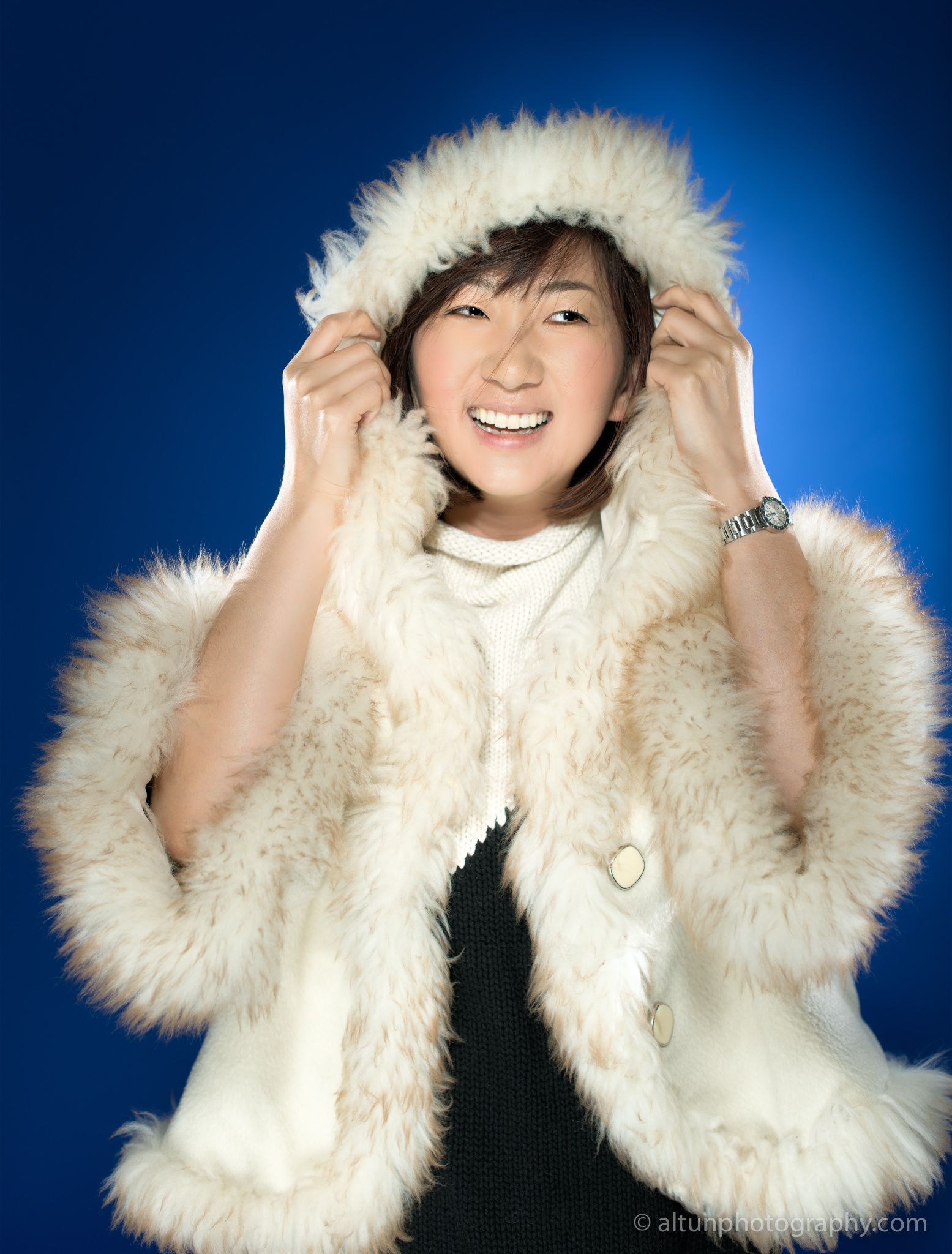
Meet other photographers
Meeting other photography enthusiasts is one of the best ways to keep learning and improving, either for inspiration or for advice.
You’d be surprised how much people enjoy sharing their tips and techniques with others. You will also feel very energized after shooting with others, seeing different styles in plan in the same environment.
If you live in Switzerland, we have two recommendations for you:
Join our Facebook group to interact online: In our “secret” Western Switzerland and Eastern Switzerland Facebook groups, we have a monthly theme to upload photos, share comments and ask questions. These groups are highly engaging and always moderated, to encourage sharing and learning.
Become a Swiss Photo Club member to join the practice workshops across Switzerland and benefit from other advantages. You can meet other members and practice with our instructors during these sessions.
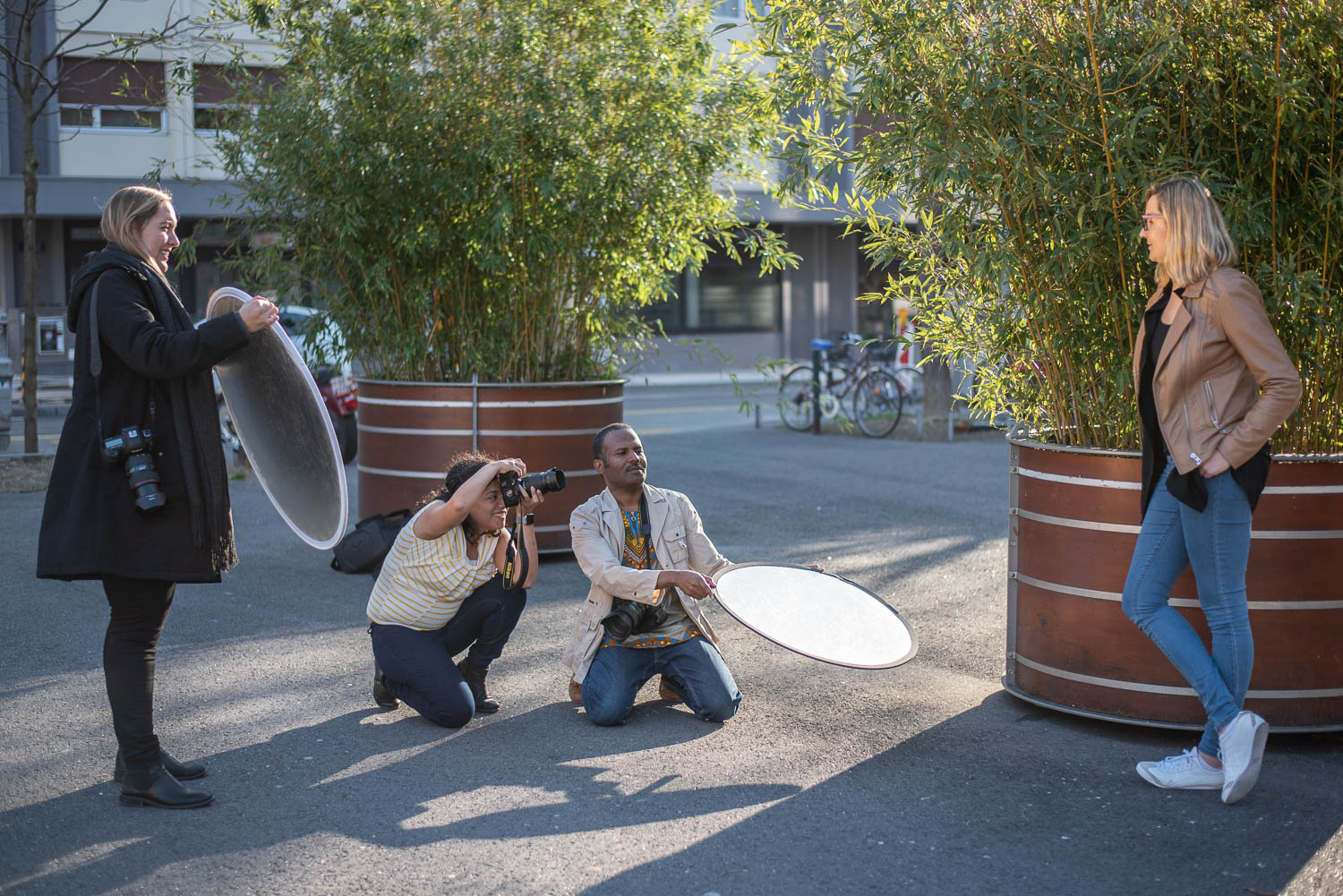
About the author

Osan Altun is a photographer based in Geneva, Switzerland and the founder of Swiss Photo Club. Follow him on Instagram or at his portfolio page.

